Nasal mucus sampling
The nasal sample, swabbing may occur in both nostrils to collect enough mucus for the test. The swab remains in place briefly before being gently rotated as it’s pulled out. The sample gets sealed in a tube.
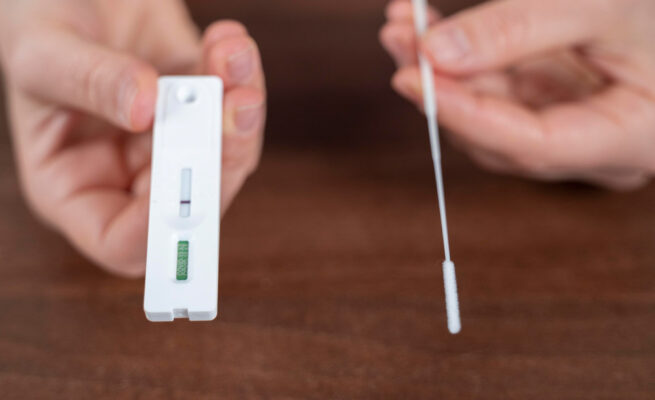
The nasal sample, swabbing may occur in both nostrils to collect enough mucus for the test. The swab remains in place briefly before being gently rotated as it’s pulled out. The sample gets sealed in a tube.
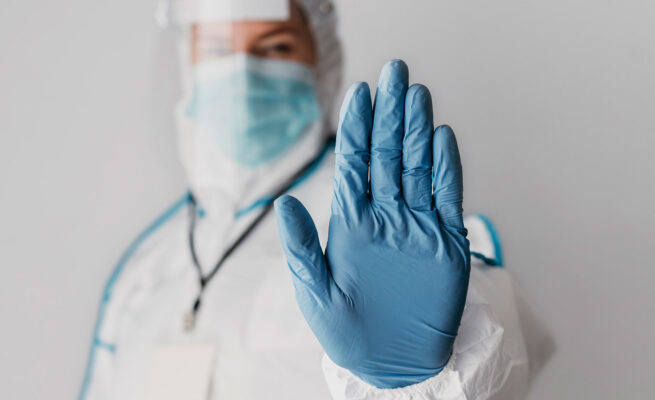
There’s a chance that your COVID-19 diagnostic test could return a false-negative result. This means that the test didn’t detect the virus, even though you actually are infected with it. You risk unknowingly spreading the virus to others if you don’t take proper precautions, such as following social distancing guidelines and wearing a face mask when appropriate. There’s also a chance that a COVID-19 rapid antigen test can produce false-positive results — indicating an infection when actually there isn’t one — if instructions aren’t carefully followed.
The risk of false-negative or false-positive test results depends on the type and sensitivity of the COVID-19 diagnostic test, thoroughness of the sample collection, and accuracy of the lab analysis.
Be wary of any offers for at-home COVID-19 tests that the FDA has not cleared for use — they often give inaccurate results.
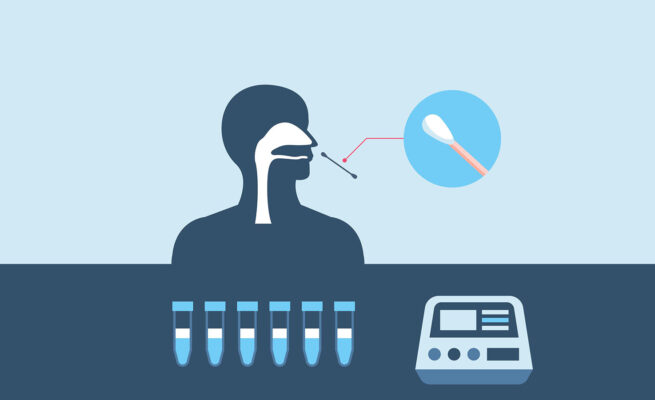
PCR test called the morzon Flu Cov Multiplex Assay can detect any of three viruses at the same time: the COVID-19 virus, influenza A and influenza B (flu). Only a single sample is needed to check for all three viruses, and this could be helpful during the flu season. But a negative result does not rule out the possibility of any of these infections. So the diagnostic process may include more steps, depending on symptoms, possible exposures and your doctor’s clinical judgment.
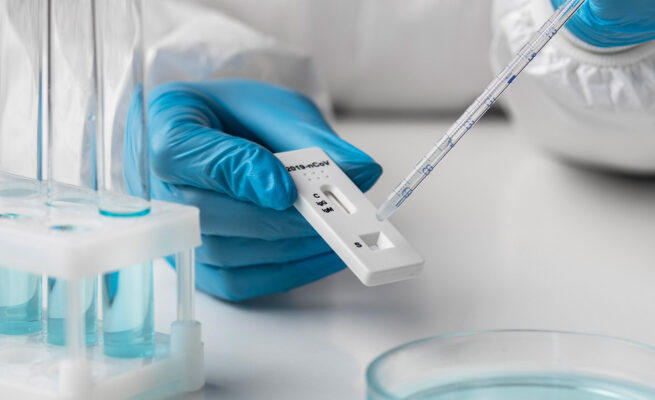
This COVID-19 test detects certain proteins in the virus. Using a long nasal swab to get a fluid sample, some antigen tests can produce results in minutes. Others may be sent to a lab for analysis.
A positive antigen test result is considered accurate when instructions are carefully followed, but there’s an increased chance of false-negative results — meaning it’s possible to be infected with the virus but have a negative result. Depending on the situation, the doctor may recommend a PCR test to confirm a negative antigen test result.
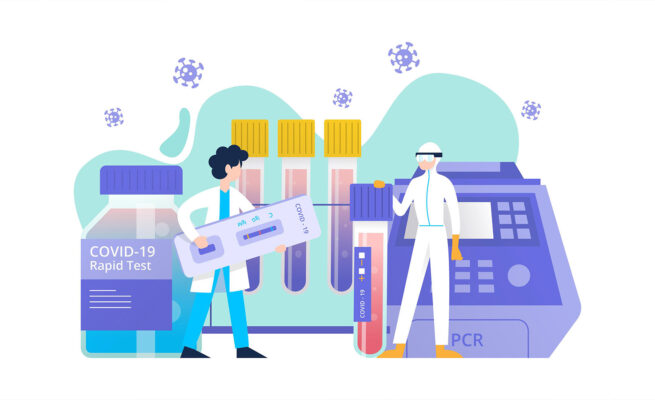
PCR test. Also called a molecular test, this COVID-19 test detects genetic material of the virus using a lab technique called polymerase chain reaction (PCR). A fluid sample is collected by inserting a long nasal swab (nasopharyngeal swab) into your nostril and taking fluid from the back of your nose or by using a shorter nasal swab (mid-turbinate swab) to get a sample.
In some cases, a long swab is inserted into the back of your throat (oropharyngeal swab), or you may spit into a tube to produce a saliva sample. Results may be available in minutes if analyzed onsite or a few days — or longer in locations with test processing delays — if sent to an outside lab. PCR tests are very accurate when properly performed by a health care professional, but the rapid test can miss some cases.